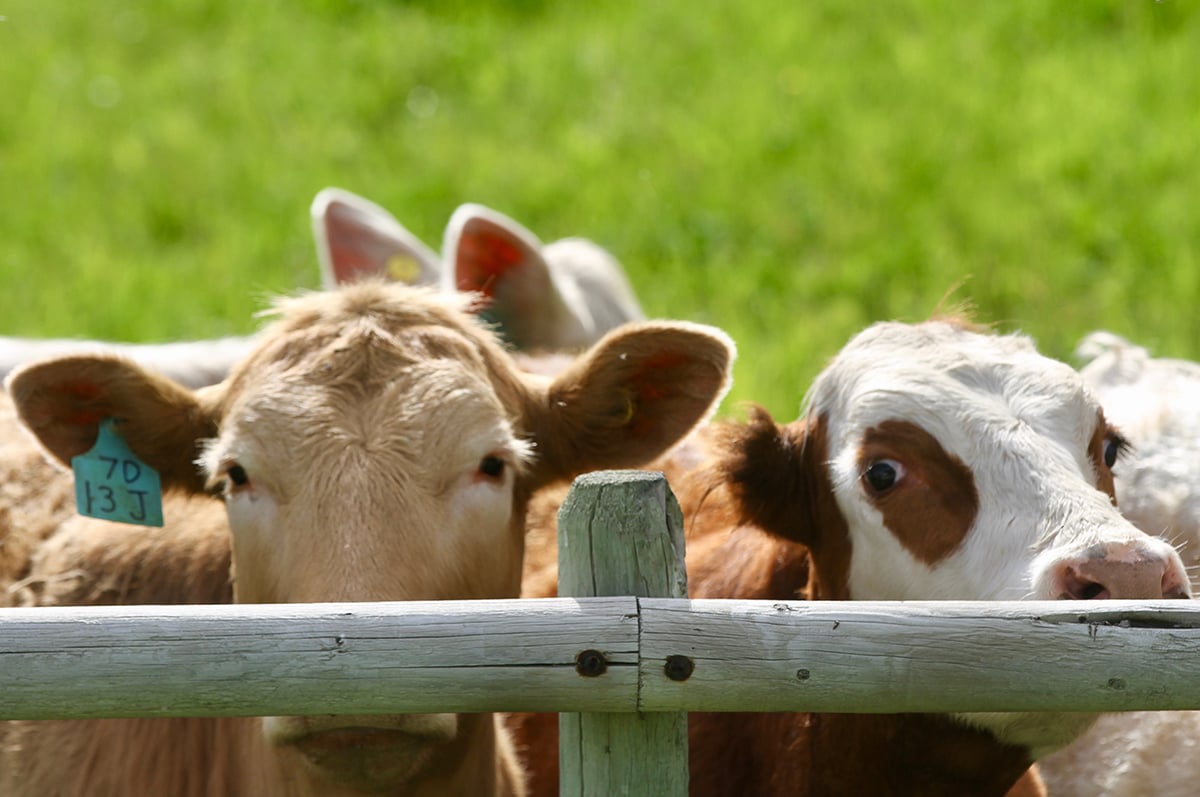When they can afford it, South Koreans are eager beef eaters.
Imports of western beef have declined sharply as the country goes through a severe financial crisis. However, trade liberalization will open the country’s doors in 2001, forcing it to increase beef imports and lower tariffs.
“We are expecting an increase in imported beef,” said Kwang-shik Won at the Canada Beef Export Federation meeting in Calgary.
“We have to be prepared for the open market and trade liberalization.”
Won is president of the Livestock Co-operative Trading and Marketing Inc., a new import company that arose out of several mergers.
Read Also

Feeder market consolidates at historic highs
For the week ending Sept. 6, Western Canadian feeder cattle markets were relatively unchanged compared to seven days earlier.
“As income increases, rice consumption decreases continuously. Beef consumption is increasing very rapidly,” Won said.
Beef number one
South Koreans eat about 30 kilograms of meat per year. Beef occupies about half of that, edging out pork and chicken.
Last year, imported beef consumption dropped by 50 percent. Overproduction of native cattle and imported product priced against the American dollar made imported beef too expensive.
There are several beef-buying groups in South Korea and they were forced to pay for beef purchases at a time of unfavorable exchange rates.
The exchange rate of the Korean currency was 850 won to $1 U.S. in October 1997. By December, it peaked at 1,964 won to $1 U.S.
In October 1997, a number of buying groups entered contracts for shipment in December to make sales during the lunar new year season when beef is popular. They had to pay for their orders in December when the import cost was up by 230 percent. Many were unable to sell their imported products to cover the higher cost, said Won.
Canada has only four percent of the South Korean imported beef market. Canadian beef is considered equal to American beef, but buyers often don’t choose it because of less fat marbling, price competitiveness and lack of brand recognition, said Won.
“I think it is better for Canadian beef exporters not to focus only on market share, but to find a specific target market where the value of Canadian beef is more appreciated,” he said.















